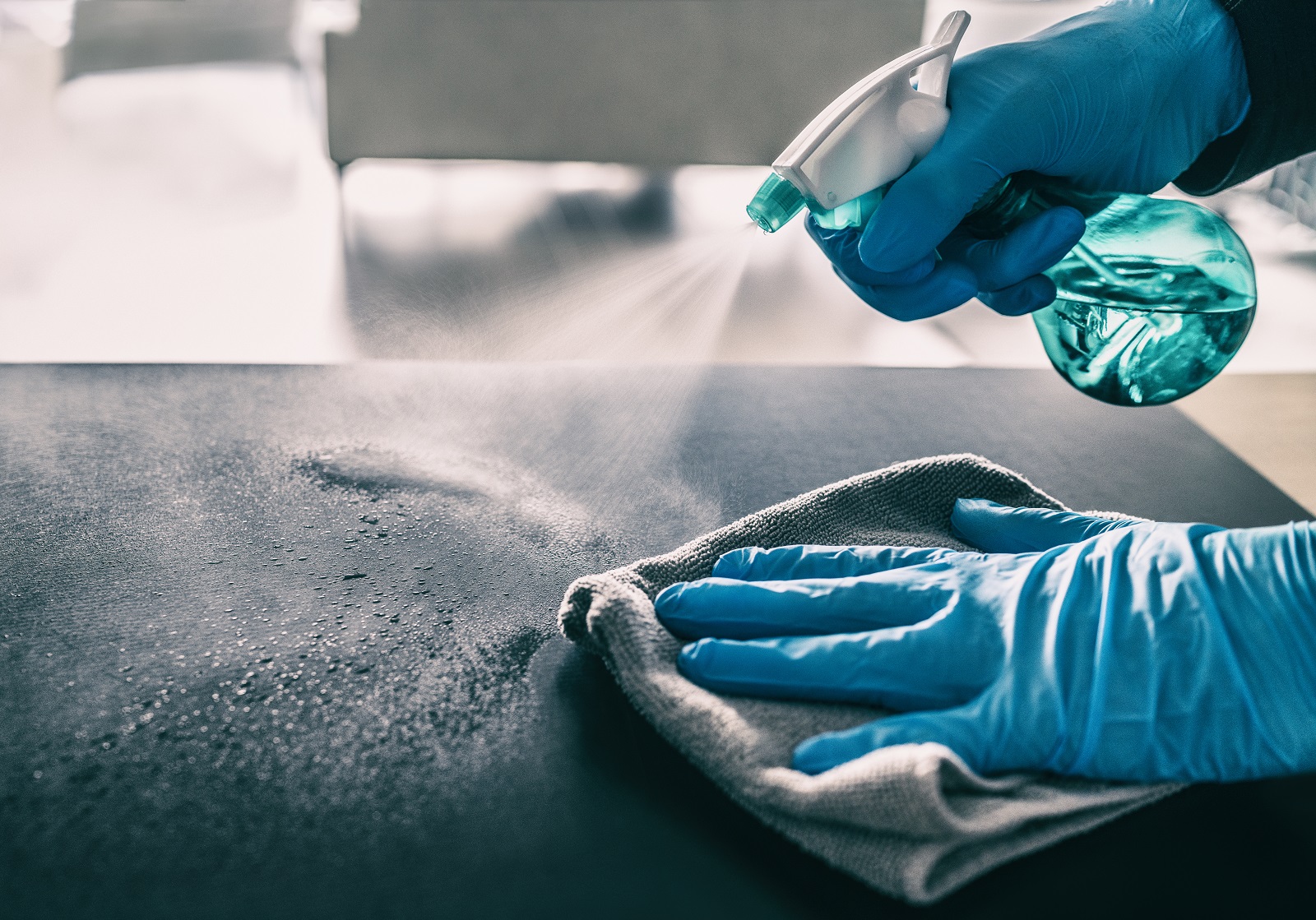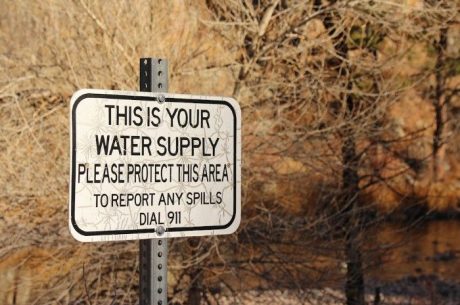Cincinnati and Dayton are home to some of the largest manufacturers of chemicals and home cleaners. From P&G to Nease Co. Ohio can boast a large output of both. Have you ever taken the time to look in your own home at the products you store and if you are properly using and disposing of them?
In 2018, the 55 U.S. poison control centers provided telephone guidance for nearly 2.1 million human poison exposures. That’s about:
• 6.3 poison exposures/1000 population
• 37.7 poison exposures in children younger than 6 years/1000 children
• 1 poison exposure reported to U.S. poison control centers every 15 seconds
By recognizing common chemicals in your home, you can prevent having to make that dreaded phone call.
Chemicals Found in the Laundry Room
Laundry detergents — These are categorized based on the enzyme type (as noted by the names “cationic” or “non-ionic” on the label). Do NOT ever ingest cationic detergents, as they are the most toxic. Ingestion can result in nausea, vomiting, shock, convulsions, and coma. “Non-ionic” detergents are less toxic but can irritate skin and eyes. Asthma can develop if a person is exposed to large quantities of detergent.
Bleach — Bleach consists of mostly water. However, it also contains the chemical sodium hypochlorite in different concentrations ranging from 0.7 percent to 5.25 percent. Chlorine bleach liquid and vapors can irritate the skin, eyes, nose, and throat. Dermatitis may result from direct skin contact. Ingestion can cause esophageal injury, stomach irritation, and prolonged nausea and vomiting. Never mix chlorine bleach with any other household cleaning products and especially not with ammonia. Doing so can result in the release of different types of poisonous gases, which can cause very serious breathing problems.
Chemicals Found in the Kitchen
Dishwashing detergents — Phosphate is the main ingredient in most kitchen detergents. Automatic dishwashing detergents are known to produce skin irritations or burns and may be poisonous if swallowed. Hand dishwashing detergents are milder than automatic dishwashing detergents. If swallowed, it is not fatal, but may cause nausea and irritation to the mouth and throat.
Oven cleaners — The basic ingredient in oven cleaners is lye, which is extremely corrosive and can burn skin and eyes. It can cause severe tissue damage and may be fatal if swallowed.
Antibacterial cleaner — These usually contain water, a fragrance, a surfactant, and a pesticide. The pesticides commonly used in antibacterial cleaners are quaternary ammonium or phenolic chemicals, which can irritate your eyes and burn your skin and throat.
Window and glass cleaner — The basic ingredients of these cleaners are ammonia and isopropanol. These products may be irritating to the eyes, skin, nose, and throat. If swallowed, they may cause drowsiness, unconsciousness, or death.
If your clients require chemical cleanup services, recommend PuroClean! PuroClean provides a full range of biohazard removal services, including those of chemical hazards. Our technicians use state-of-the art equipment and techniques to remediate the damage effectively and safely. The quality of our remediation services, the speed in which we deliver them, and the compassion we demonstrate throughout the process make PuroClean your ideal damage restoration company.




 PuroClean Emergency Services
PuroClean Emergency Services